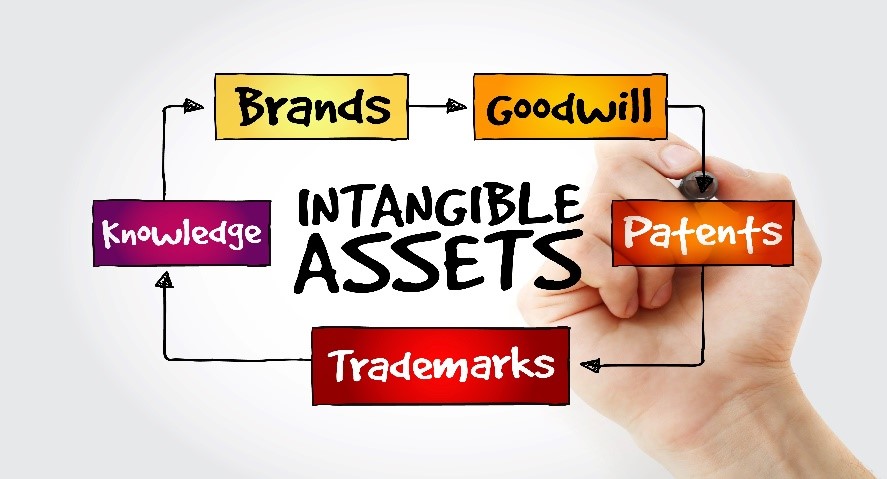
Financial statements were once primarily based on historical costs. However, under certain circumstances, fair value accounting is the reporting standard required by the Financial Accounting Standards Board (FASB). Fair value is defined as “the price that would be received to sell an asset or paid to transfer a liability in an orderly transaction between market participants at the measurement date.” A business combination, resulting in a change in control, is an example of an event that requires the application of fair value measurement to individual assets or liabilities. The specific assets and liabilities of the acquired entity are measured at individual fair values as of the date of the change of control in the transaction.
The difference between the purchase price and the fair value of the identifiable assets (including identifiable intangible assets) and liabilities assumed in a business combination gives rise to goodwill. That is, goodwill represents the amount of the purchase price which is attributable to the unidentifiable intangible assets.
Over the years, the accounting for goodwill had its challenges and went through several transformations. Prior to 2001, entities amortized goodwill over a maximum period of 40 years. In 2001, the FASB changed the accounting guidance for goodwill. Instead of following an amortization model, a new impairment model was developed by the FASB which requires goodwill to be tested for impairment at least annually.
As a result of the impairment model, Generally Accepted Accounting Principles (GAAP) requires fair value to be the benchmark to test assets, including all intangibles, which are comprised of identifiable and also unidentifiable assets. In many cases, determining the fair value of goodwill for impairment testing can only be accomplished by a complex business valuation—this can be expensive!
The FASB is now considering whether the current requirement to test goodwill for impairment is providing financial information that is more useful and whether the benefit justifies the cost. During July 2019, the FASB issued an Invitation to Comment (ITC) as part of its project on identifiable intangible assets acquired in a business combination and the subsequent accounting for goodwill. If the current ITC on goodwill results in changes to GAAP, it would impact all entities (including public companies, private companies, and not-for-profit organizations).
***
In summary, the FASB is requesting feedback by October 7, 2019, to assist the FASB in the determination of whether a change in financial reporting is necessary to the subsequent accounting of goodwill. If it is determined that a change is necessary, the next hurdle for the FASB would be to determine if there is a cost-effective solution that would justify an amendment to existing standards.
This article is an example of areas which could be impacted by an update to the accounting standards for goodwill and is not intended to be all inclusive.

